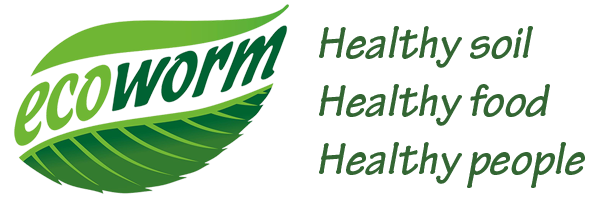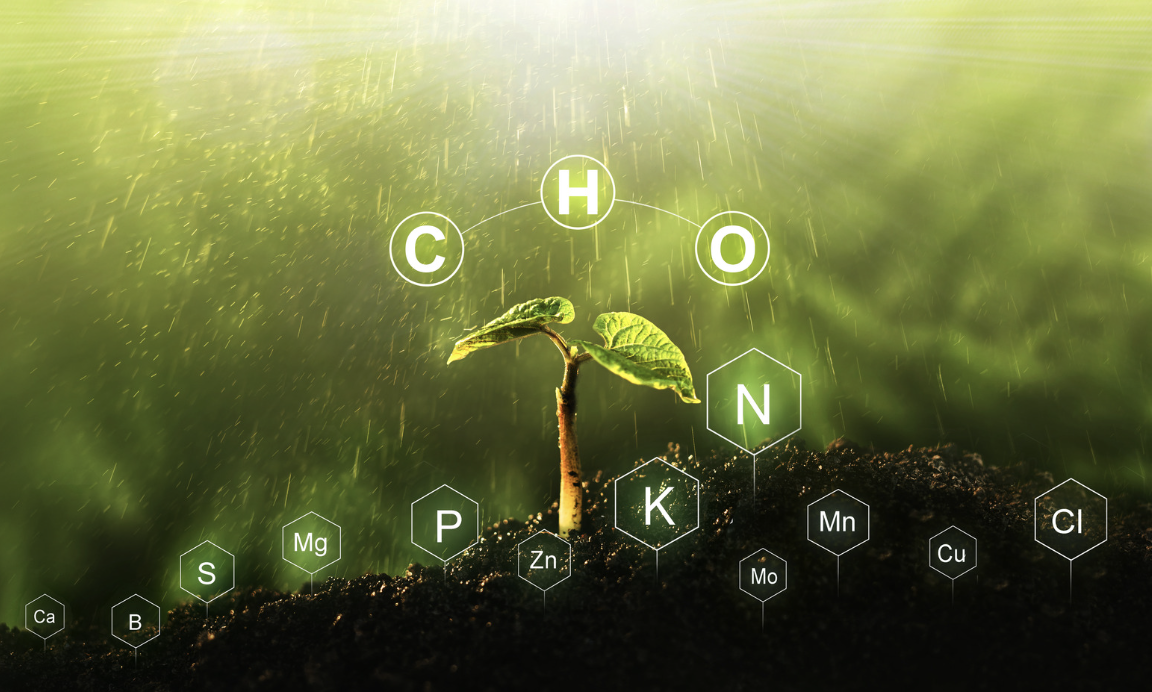Vermicompost, also known as worm castings or worm compost, is a nutrient-rich organic fertilizer produced through the process of vermicomposting. It is created by using earthworms to decompose organic materials such as kitchen scraps, yard waste, and plant residues. Vermicompost is often praised for its numerous benefits to soil health and plant growth. One of the key factors contributing to its effectiveness is its nutrient content. In this article, we will explore whether vermicompost is high in nitrogen and delve into its significance for gardening and agriculture.
The Nutrient Composition of Vermicompost
Vermicompost is renowned for its rich nutrient profile, which contributes to its effectiveness as an organic fertilizer. It contains essential plant nutrients, including nitrogen (N), phosphorus (P), and potassium (K), commonly referred to as NPK. Additionally, it contains a range of micronutrients and beneficial microorganisms that enhance soil fertility and plant health.
Nitrogen Content in Vermicompost
Nitrogen is a vital nutrient required by plants for various physiological processes, such as chlorophyll production, protein synthesis, and overall growth. Vermicompost typically contains a moderate to high amount of nitrogen, making it an excellent choice for nitrogen enrichment in soil.
Importance of Nitrogen in Plant Growth
Nitrogen plays a crucial role in plant growth and development. It is an essential component of amino acids, the building blocks of proteins. Proteins are responsible for various functions in plants, including enzyme production, hormone synthesis, and cell structure formation. Adequate nitrogen supply promotes vigorous leaf and stem growth, enhances photosynthesis, and improves overall plant health.
Benefits of Using Vermicompost in Nitrogen Enrichment
Enhanced Soil Fertility
When vermicompost is added to the soil, it enriches the nutrient content and enhances the soil’s fertility. The nitrogen present in vermicompost becomes available to plants in a slow-release form, ensuring a steady supply over an extended period. This slow-release nature of nitrogen helps prevent nutrient leaching and reduces the risk of nitrogen runoff, benefiting both plants and the environment.
Promoting Healthy Plant Growth
The availability of nitrogen from vermicompost promotes robust plant growth. It stimulates the development of lush green foliage, improves root growth and branching, and increases the plant’s ability to withstand environmental stressors. Healthy plants are more resistant to diseases, pests, and adverse weather conditions.
Reducing Environmental Impact
Vermicompost provides a sustainable alternative to synthetic nitrogen fertilizers, which often contribute to environmental pollution. By utilizing vermicompost as a nitrogen source, gardeners and farmers can reduce the use of chemical fertilizers, minimizing the release of harmful substances into the soil, water bodies, and the atmosphere.
How to Use Vermicompost for Nitrogen Enhancement
Application Methods
Vermicompost can be applied to the soil in various ways. It can be spread as a top dressing around plants, incorporated into the soil during planting, or used as an ingredient in potting mixes. The choice of application method depends on the specific needs of the plants and the gardening practices employed.
Recommended Dosage
To ensure optimal nitrogen enrichment, it is important to use the appropriate dosage of vermicompost. As a general guideline, a 10-20% volume of vermicompost in the soil mix or a 2-5 cm layer of vermicompost around established plants is often sufficient. However, specific recommendations may vary based on plant type, soil conditions, and desired results.
Factors Affecting Nitrogen Content in Vermicompost
Several factors influence the nitrogen content in vermicompost. These include the selection of feedstock, vermiculture techniques, and composting conditions. Using a balanced mixture of carbon-rich (e.g., dried leaves, straw) and nitrogen-rich (e.g., kitchen scraps, manure) materials as feedstock promotes higher nitrogen levels in the resulting vermicompost.
Comparing Vermicompost Nitrogen Levels with Other Organic Fertilizers
When comparing the nitrogen content of vermicompost with other organic fertilizers, such as compost or manure, vermicompost often demonstrates a higher nitrogen concentration. This makes it a favorable choice for nitrogen supplementation in organic gardening and sustainable agriculture practices.
Conclusion
Vermicompost is indeed high in nitrogen, making it an excellent organic fertilizer for nitrogen enrichment in soil. Its slow-release nature, along with the array of other nutrients and beneficial microorganisms it provides, contributes to improved soil fertility, healthy plant growth, and reduced environmental impact. By incorporating vermicompost into gardening and agriculture practices, we can cultivate sustainable and vibrant ecosystems.
FAQs
Can vermicompost be used as the sole source of nitrogen for plants? Vermicompost can serve as a valuable nitrogen source, but it is generally recommended to combine it with other organic fertilizers to ensure a balanced nutrient supply.
Is vermicompost suitable for all types of plants? Vermicompost is suitable for a wide range of plants, including vegetables, fruits, flowers, and herbs. However, specific plant requirements should be considered when determining the appropriate fertilizer choice.
How long does it take for vermicompost to release nitrogen? The release of nitrogen from vermicompost is gradual and occurs over several weeks to months, depending on various factors such as temperature, moisture, and microbial activity.
Can vermicompost be used in hydroponic systems? Vermicompost is not typically used in hydroponic systems, as it may introduce organic matter and microorganisms that can disrupt the balance of the nutrient solution. Alternative fertilization methods are preferred for hydroponic gardening.
Is vermicompost safe for organic gardening? Yes, vermicompost is widely accepted and used in organic gardening due to its natural origin and environmentally friendly characteristics.


Comments are closed